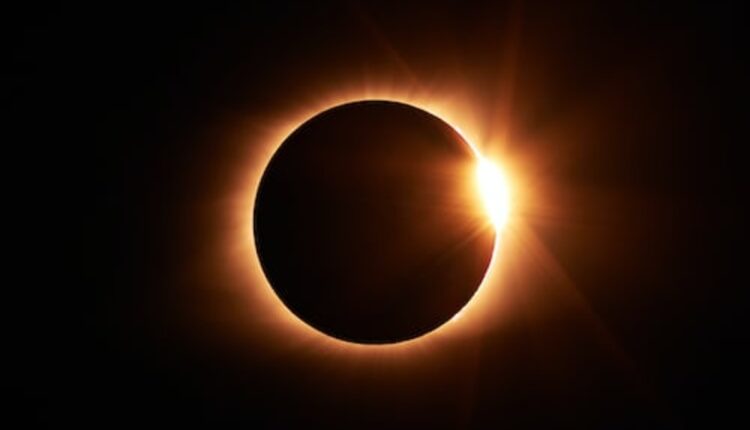Introduction: Jupiter, the giant planet in our solar system, exhibits stunning atmospheric phenomena and a captivating moon system and possesses a remarkable magnetosphere. This article will delve into the intricate workings of Jupiter’s magnetosphere, its unique features, and its role in protecting the giant planet. Along the way, we will address the fascinating question, “How many Jupiters can fit in the Sun?”
- Understanding Magnetospheres: Before exploring Jupiter’s magnetosphere, it’s essential to grasp the concept of a magnetosphere. A magnetosphere is a region around a celestial body influenced by its magnetic field. In the case of Jupiter, its strong magnetic field interacts with charged particles from the solar wind, creating a vast and dynamic magnetic environment.
- Jupiter’s Immense Magnetic Field: Jupiter boasts a potent magnetic field, approximately 20,000 times stronger than Earth’s. This magnetic field extends far into space, creating a magnetosphere that stretches millions of kilometers outward from the planet. The cause of this magnetic strength is still a scientific study, but it is believed to result from the dynamo effect generated by the motion of electrically conducting material within Jupiter’s interior.
- Capturing the Solar Wind: Jupiter’s magnetosphere plays a crucial role in capturing and interacting with the solar wind, a stream of charged particles emitted by the Sun. As the solar wind approaches Jupiter, it encounters the planet’s magnetosphere and is deflected around it. This interaction forms a bow shock, similar to a shockwave, where the solar wind slows down and is compressed. This bow shock is a protective barrier, preventing the solar wind from directly reaching Jupiter’s atmosphere.
- Auroras and Plasma Torus: The interaction between Jupiter’s magnetosphere and the solar wind gives rise to spectacular auroras. Like Earth’s auroras, Jupiter’s auroras are dazzling light displays caused by charged particles from the solar wind colliding with atoms and molecules in Jupiter’s upper atmosphere. These auroras can be seen near the planet’s poles, creating vibrant light curtains.
Additionally, within Jupiter’s magnetosphere, a plasma torus forms. This torus is a donut-shaped charged particle region trapped by Jupiter’s magnetic field. It surrounds the planet’s equator and is a source of intense radiation, making it a challenging environment for spacecraft to navigate.
- Comparing Jupiter and the Sun: Returning to how many Jupiters can fit in the Sun, let’s explore the comparison further. Jupiter’s diameter is approximately 11 times smaller than the Sun’s, implying that you could fit around 1,300 Earths or 11 Jupiters side by side across the Sun’s diameter. However, when considering the Sun’s mass, which is over 1,000 times greater than Jupiter’s, you could fit approximately 1.3 million Jupiters within the Sun. This striking contrast underscores the immense size and mass disparity between the giant planet and our blazing star.
Conclusion: Jupiter’s magnetosphere is a testament to the planet’s incredible power and the intricate interplay between its magnetic field and the solar wind. This dynamic shield protects Jupiter’s atmosphere from direct solar wind bombardment and creates mesmerizing auroras. As we contemplate how many Jupiters can fit in the Sun, we better appreciate the diverse celestial phenomena that shape our solar system.
Read Also: What Is A Split Screen Baby Monitor?


